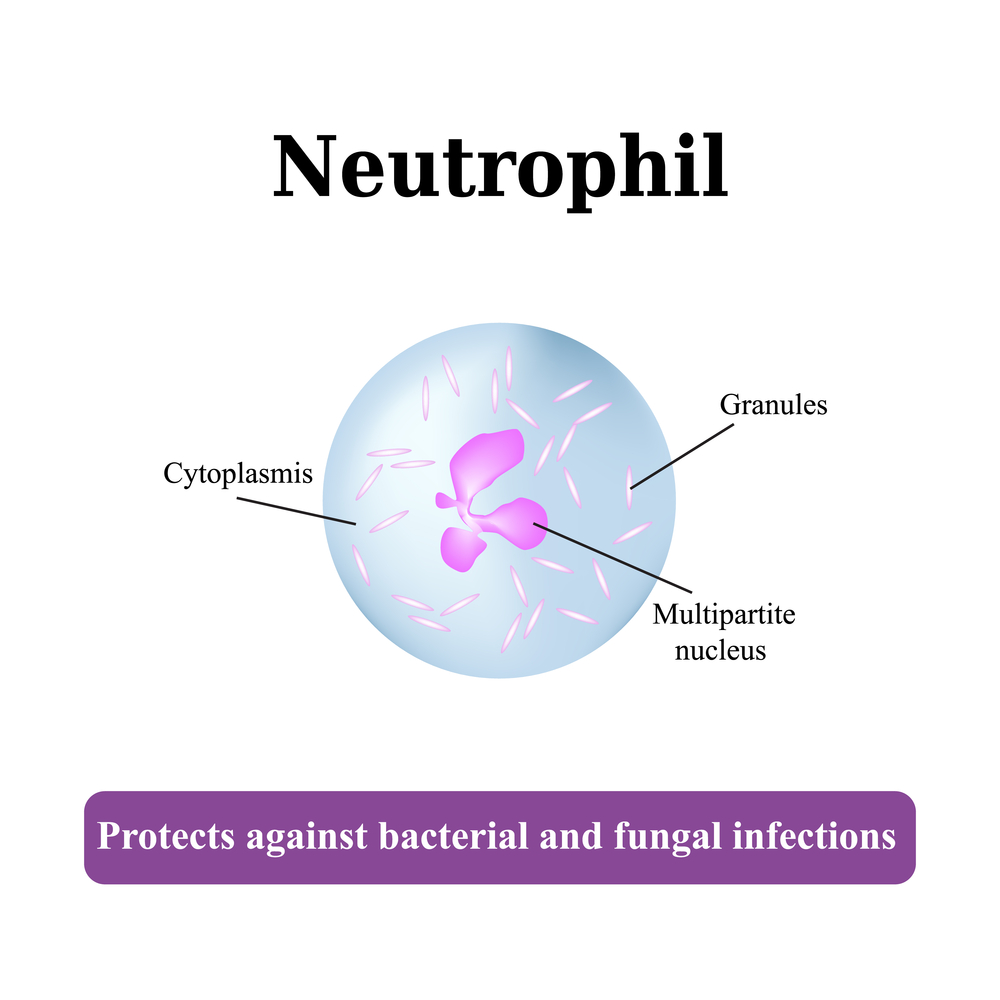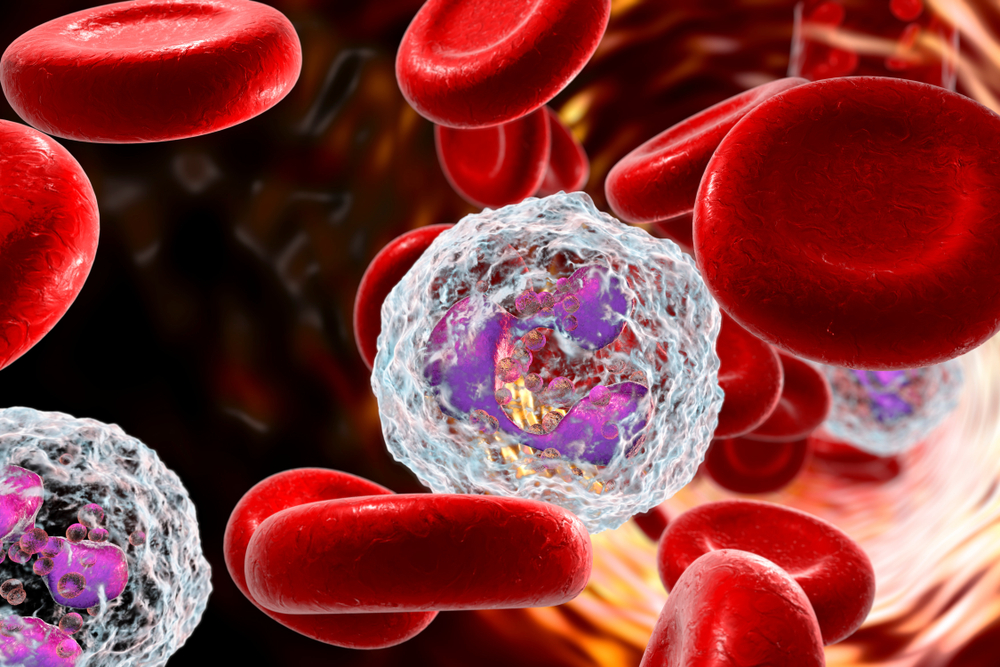Understanding Monocytosis: Causes, Symptoms, and Treatment Options
Elevated monocyte levels, or monocytosis, can indicate underlying infections, autoimmune diseases, or blood disorders. Recognizing symptoms and conducting appropriate tests like CBC and blood smears are key for diagnosis. Treatment depends on the cause, ranging from antibiotics to cancer therapies. Lifestyle adjustments such as a healthy diet, stress management, and regular exercise can help maintain balanced monocyte levels. Consulting healthcare professionals for proper diagnosis and ongoing monitoring is essential for effective management and overall health.

Overview of Monocytosis: Symptoms, Diagnosis, and Care
Monocytes are a type of white blood cell essential for immune defense. They help eliminate bacteria and dead cells, supporting immune responses. Normally, they comprise about 2-8% of white blood cells, roughly 100 to 700 cells per mm³.
What is monocytosis?
This condition occurs when monocyte levels in the bloodstream exceed normal limits. It is often associated with infections, autoimmune conditions, blood disorders, or certain cancers.
Factors such as endocarditis, tuberculosis, malaria, syphilis, immune system disorders, sarcoidosis, viral infections, marrow recovery, stress, heart attacks, splenectomy, or hematologic cancers can raise monocyte counts.
Signs and Symptoms
Many individuals with high monocytes experience no obvious symptoms. When they do occur, symptoms often relate to the underlying condition and may include:
Fatigue
Weakness
Swelling
Fever
Doctors confirm elevated monocyte levels via blood tests that analyze white blood cell proportions. Normal ranges for other white blood cells typically are:
Basophils: 0.5-1%, involved in allergic responses by releasing histamine.
Eosinophils: 1-4%, combat parasites and contribute to allergies.
Lymphocytes: 20-40%, produce antibodies against pathogens.
Neutrophils: 55-70%, the main cells fighting bacteria and fungi.
Band cells: 0-3%, immature neutrophils enhancing infection response.
An increased monocyte level (>10% or over 800/mm³) may indicate an immune reaction to infection or other health conditions.
Diagnosis and Treatment
Diagnosis involves physical exams and additional tests like chest X-rays, blood smears, cultures, swabs, or bone marrow biopsies to determine the primary cause. Common diagnostic procedures include:
Complete blood count (CBC): Evaluates overall white blood cell levels.
Blood smear analysis: Examines cell shapes and sizes under a microscope.
Monocyte count measurement: Determines actual monocyte numbers and identifies elevations.
Treatment varies based on the root cause and may include:
Antibiotics for bacterial infections
Cancer therapies such as chemotherapy or stem cell transplants for blood cancers
Antiparasitic medications for parasitic infections
Ongoing blood monitoring is crucial in conditions like leukemia to evaluate treatment effectiveness.
Tips to Support Healthy Monocyte Levels
Exercise regularly: Enhances immunity and helps balance monocyte counts.
Eat an anti-inflammatory diet: Incorporate foods like olive oil, leafy greens, berries, nuts, and oily fish; avoid processed foods and sugary drinks to reduce inflammation.
Manage stress: Adequate rest and stress reduction promote immune stability.
Monitoring elevated monocytes is important as it may signal infections or other health issues. Always consult a healthcare provider for proper diagnosis and management.


